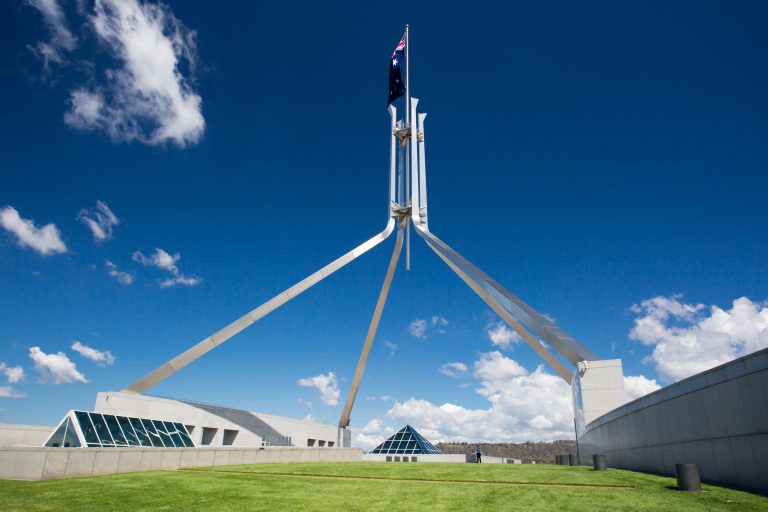The challenges of being a Carer
Caring for a loved one can be deeply fulfilling but brings its fair share of challenges too – as Laura discovered. When her mother Shelly had a stroke, she didn’t…

Caring for a loved one can be deeply fulfilling but brings its fair share of challenges too – as Laura discovered. When her mother Shelly had a stroke, she didn’t…

Lady Luck has once again looked down fondly upon Australia, creating the first Federal Budget surplus in 15 years, through a higher tax take on record export earnings and increasing…
End of content
End of content